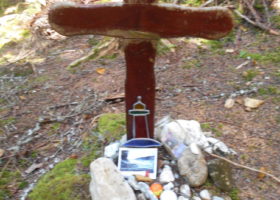
Reflections of a Mountain Birdwatcher
Mike got to thinking about his first Mountain Birdwatch (MBW) survey route. It was on Maine’s West Kennebago Mt., which he only surveyed from 2007-2009 before the route was discontinued when MBW was revised in 2010. But in that decade that has passed, he’s seen a lot of changes.
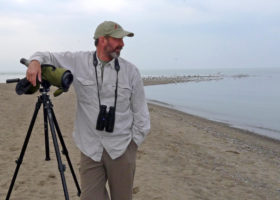
From Anisoptera to Zonotrichia: A Legacy of Science and Conservation
We’re proud to present this year’s Julie Nicholson Citizen Science Award to Bryan Pfeiffer. For the past three decades, Bryan and every member of the VCE staff have collaborated on a huge range of projects. Learn more about his great achievements.
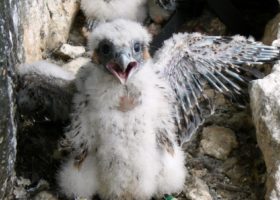
A Tale of Two Recoveries
It’s extremely rare that banded birds are recovered or re-sighted outside of the immediate area in which they were banded. Imagine VCE’s surprise and excitement upon learning of two “foreign” band recoveries in 2017.
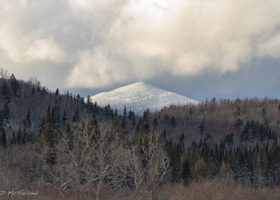
Field Guide to December 2017
Fear not, during these short days and long nights of December, we’re still finding plenty of life in the fading light. Once we pass the winter solstice, which strikes at 11:27 am on December 21st, more light will begin to creep back into our lives. Until then, here’s some wintry natural history to keep you going.
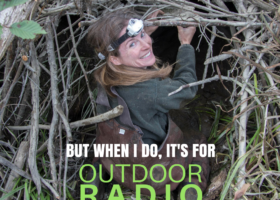
Join Outdoor Radio Live on Facebook
I hope you’ll tune into Outdoor Radio at the Vermont Center for Ecostudies for a FaceBook live event on Tuesday, November 28th from 12-1pm. I will be joining my Outdoor Radio co-host Sara Zahendra and VCE conservation biologist Steve Faccio, to answer all your burning questions about the natural world – from birds to butterflies, vernal pools to mountain tops, we’ll cover it all.
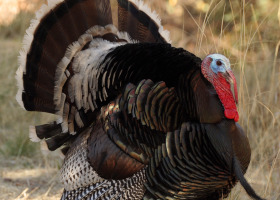
Swooning for the Snood
How do you choose your turkey? It might be by weight. Perhaps it is from a favorite farm. Or it could be a brand that you like. But if you were a female turkey, you’d be looking at the snood.
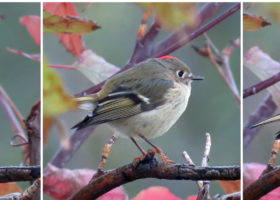
October 2017 iNaturalist Vermont Photo-Observation of the Month
Congratulations to Charlotte Bill for winning the October 2017 iNaturalist Vermont photo-observation of the month contest. The images of Ruby-crowned Kinglet with its crest partly raised were the most popular photo-observation as measured by clicked ‘favs’.
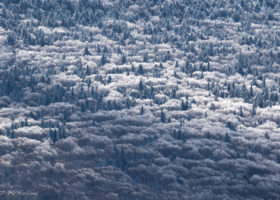
Field Guide to November 2017
“Stick Season,” when the woods are gray and cold, is anything but lifeless. Fall migration continues with passing waterfowl and the final hawks drifting south. The year’s last butterflies remain on the wing. And winter visitors – like Common Redpolls – will be arriving in good numbers. Here’s more in our Field Guide to November.
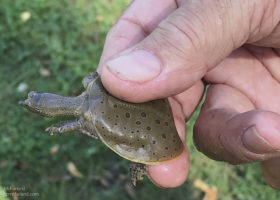
Outdoor Radio: Spiny Softshell Turtles
With a pointed snout and a leathery shell, the Spiny Softshell Turtle is certainly one of Vermont’s odder-looking reptiles. It…
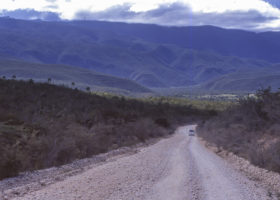
A Plan for the Future of Sierra de Bahoruco
The Sierra de Bahoruco National Park rises from arid plains in the far southwest of the Dominican Republic. Despite the good intention behind the establishment of the park, most now agree that it is failing to serve its purpose. But an important effort to address these threats and ensure a healthy future for the park is underway.
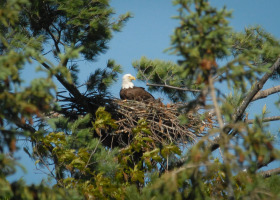
Vermont Bald Eagles Nest in Record Numbers in 2017 – Peregrine Falcons, Common Terns, and Loons also successful
Vermont’s Bald Eagle population continued its recovery in 2017. Twenty-one pairs of adult Bald Eagles successfully produced 35 young in Vermont in 2017, a modern-day record.
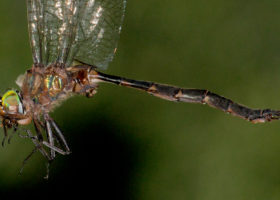
September 2017 iNaturalist Vermont Photo-Observation of the Month
Congratulations to Josh Lincoln for winning the September 2017 iNaturalist Vermont photo-observation of the month contest. His image of an Incurvate Emerald (Somatochlora incurvata) was the most popular photo-observation as measured by clicked ‘favs’, and for a good reason. This was the first record for the species in Vermont.
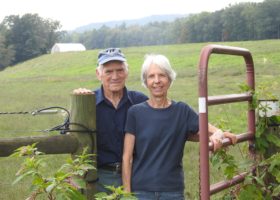
Making Room for Meadowlarks
Once a regular summer breeder, Eastern Meadowlarks have been declining across much of New England. So when a pair of meadowlarks was spotted on Miller Farm in southern Vermont, I wasted no time. Paul and Mary Miller agreed to meet with me the next day.
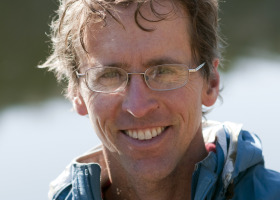
Twenty Years as the Vermont Loon Biologist – a retrospective
This year marks two decadal anniversaries: the 40th year of the Vermont Loon Conservation Project (VLCP) and my 20th year coordinating that core VCE program.
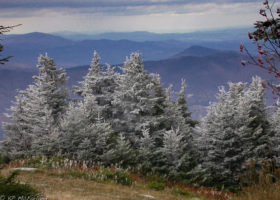
A Field Guide to October 2017
October is a month of change. Here’s your field guide to some moments that you might not otherwise notice during these few precious weeks that feature colored hills beneath a deep blue sky with the last Monarchs fluttering southward.
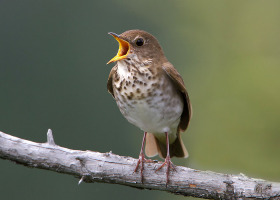
Bicknell’s Thrush and the Endangered Species Act
The US Fish and Wildlife Service has chosen not to add Bicknell’s Thrush to the list of endangered species. The decision not to list Bicknell’s Thrush must not be interpreted as a sign that our job as conservationists and scientists is done. On the contrary, it reinforces the importance of the collaborative, science-based conservation work of VCE.
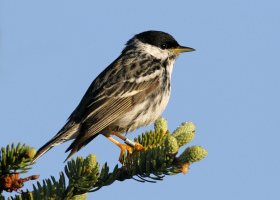
New VCE Study Reveals Population Health of Mountain Songbirds
A 16-year study by VCE of mountain forest songbirds across New York and New England, including thrushes, warblers and other iconic species, has documented their population changes.
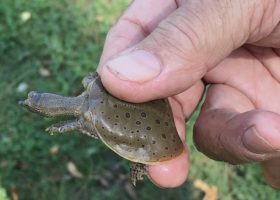
Take a Time Out for Turtles: Volunteers Needed for Nesting Beach Clean Up Day
The annual spiny softshell turtle beach cleanup day is on Saturday, October 21, and Vermont Fish & Wildlife is looking for volunteers to help.

VCE Partners with BirdsCaribbean for Post-hurricane Relief
VCE is partnering with BirdsCaribbean to raise funds for humans and wildlife affected by the succession of devastating hurricanes throughout the Caribbean this season. Please join us in helping get the region back on its feet!
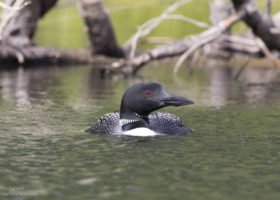
Outdoor Radio: Lake Fairlee Loons
Biologists Kent McFarland, Sara Zahendra and Eric Hanson headed out in canoes to take a look at the nesting sites and check on the loon chick. Join them as we learn the story of the Lake Fairlee loons and how volunteers are helping VCE and the Vermont Fish & Wildlife Department conserve Vermont’s loon population.

An Emerald Discovered in Victory
Mike Blust and Josh Lincoln had a plan hatched by a fellow naturalist. Hike deep into the forest to a bog in northeast Vermont and find a rare emerald dragonfly that had never been seen in Vermont. Read about their trials and tribulations that led to elation at discovering this beautiful insect for the Vermont Damselfly and Dragonfly Atlas.
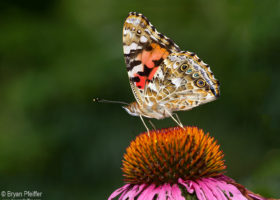
Help Us Record Painted Lady Butterflies on the Move
Painted Lady butterflies are flitting about fields, gardens, roadsides and meadows throughout eastern North America and beyond. Like Monarch butterflies,…
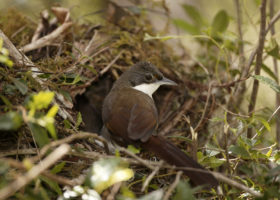
VCE Paper Sheds Light on Little-known Hispaniolan Endemic
VCE’s recent peer-reviewed paper on Western Chat-Tanagers from cloud forests of Hispaniola highlights non-breeding home range ecology and nocturnal roosting patterns of this rare, globally vulnerable endemic.
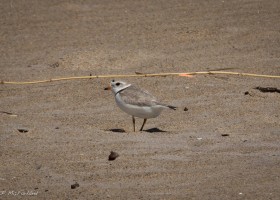
Down Year for Piping Plovers in New Hampshire
t was a difficult summer for the state-endangered and federally threatened Piping Plovers on Hampton and Seabrook beaches this year. This summer, three pairs nested on Hampton Beach, while on Seabrook Beach four pairs of plovers nested.
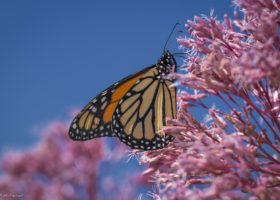
A Field Guide to September 2017
Sorry, summer is over, but autumn is spectacular here in the Northeast and wildlife is on the move. So here’s your field guide to some of life on the move in September.
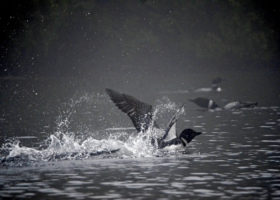
A Record Year for Vermont’s Loons in 2017
This year was another great breeding season for Common Loons in Vermont. The Vermont Loon Conservation Project and it’s volunteers observed a record 97 loon nest attempts with at least 72 successful nests. Learn more…
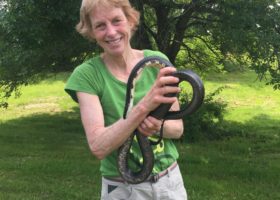
Vermont Initiates Study of Threatened Eastern Ratsnake
The Vermont Fish & Wildlife Department is cooperating in a three-year study of an isolated population of Eastern Ratsnakes, a species that is listed as ‘Threatened’ under the State’s endangered species law. Read more…
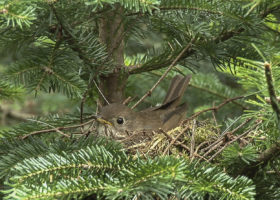
New Study Reveals Population Estimate and Abundance Map for Rare Bicknell’s Thrush in the U.S.
New research by the Vermont Center for Ecostudies (VCE) has revealed that Bicknell’s Thrush likely have one of the smallest population sizes – about 71,000 adult birds – of any migratory songbird within the contiguous U.S.
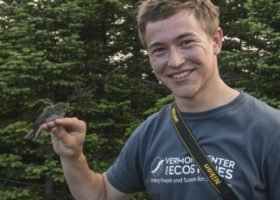
Memories of a Summer Bird Banding on Mt. Mansfield
Nate Launer, VCE’s 2017 Alexander Dickey Conservation Intern, shares his reflections on banding birds at our long-term study site on Mt. Mansfield. After five overnight field trips in July and early August, Nate gained proficiency in handling and banding small songbirds like Bicknell’s Thrush and Blackpoll Warbler.
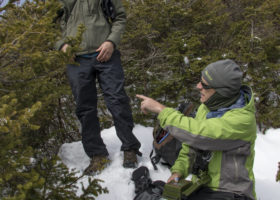
VCE Director of Science Named Elective Member of American Ornithological Society
John Lloyd, VCE’s Director of Science, was named as an Elective Member of the American Ornithological Society during the Society’s 135th annual meeting in August. Elective Members are selected by their peers for their significant contributions to ornithology or service to the society.
